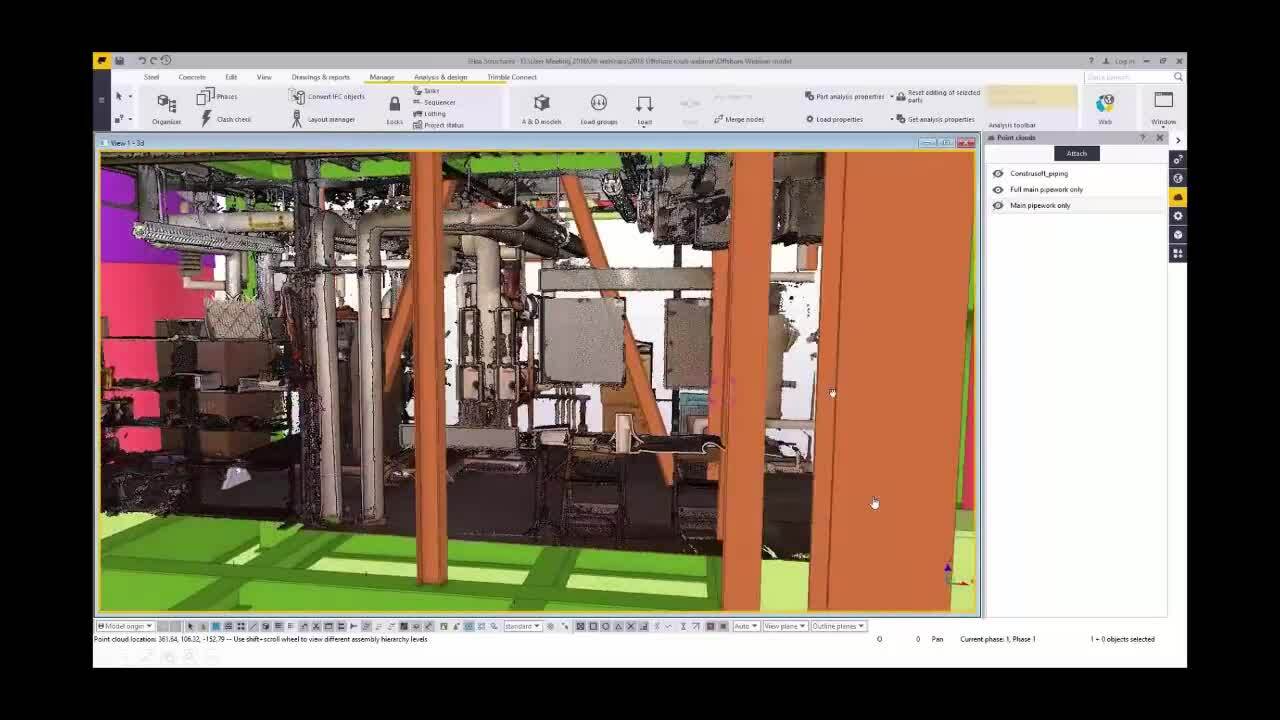Scan to BIM: point clouds to constructible BIM models
Fill form to unlock content
Error - something went wrong!
Watch our Free Webinar
Thank you!

Working in the construction industry, you have probably come across the term ‘Scan to BIM’ or ‘Field to BIM’ at some point. Or, you may have noticed your construction partners using a 3D laser scanner on the project site. But what is ‘Scan to BIM’ exactly - and how does it work? Where is it best put to use? We will be focusing on all of these aspects in this exclusive session. So… what is Scan to BIM? In a Scan to BIM process, a laser scanner is used to capture an accurate 3D scan (Point Cloud) of the real world conditions on a project. The scan data is then imported into a 3D modeling environment (e.g., Tekla’s BIM solutions) to create either accurate as-built models or to inform/compare the design with the real world conditions. Where is it being used? Scan to BIM is most often applied to projects where there is a pre-existing Plant / building which requires some alterations like extension, retrofitting, renovation, refurbishment, or reconstruction; where the aim is to keep the established structure and system in place. But it is also seeing an advent of applications relating to new construction work. Scanning technology is becoming a critical function necessary to complete the integrated BIM cycle and provides a clear value-add for the integrated BIM workflow. Watch this Tekla BIMeet to uncover how the implementation of laser scanning brings an entirely new realm of possibilities to an already powerful integrated BIM workflow. Whether capturing 3D information for coordination and prefabrication, or leveraging the quantity information for estimating and scheduling, laser scanning is surely a necessary endeavor to increase the accuracy of project information.